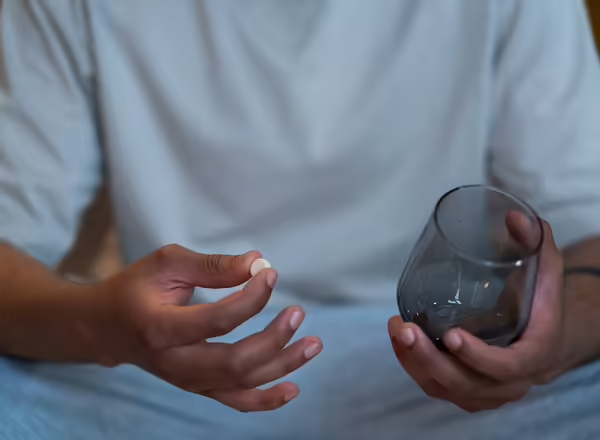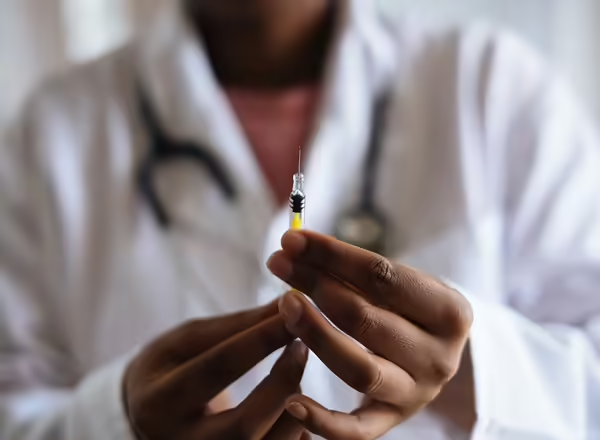
Medications for Diabetes
How Medication Affects Diet?
Medications for diabetes are designed to lower blood glucose. However, it is important that you follow your meal plan as designed by your dietitian or doctor. Your diet needs to be matched to your medications, and your medications need to be matched to your diet.
Taking oral medications for diabetes doesn’t just “cover” whatever you feel like eating. Eating consistently so that there is a good match may be hard. Eating a lot one day and not much the next day usually means that your medication and food were not matched on either day.
Your physician will prescribe the best medication to treat your diabetes. This will depend on what type of diabetes you have, how long you have had diabetes, and your treatment goals. Diabetes medications work by targeting different sites in your body.

- Alpha-glucosidase inhibitor: Slows down the rate of glucose absorption by the small intestine
- Biguanide: Decrease the amount of glucose made by the liver
- Bile acid sequestrant: Can lower both cholesterol and glucose in the blood
- Dipeptidyl-peptidase 4(DPP-4) inhibitors: Makes the naturally occurring incretins work longer and better. See the section on Incretins and Amylin Dopamine-2 agonists: Helps lower blood glucose levels after a meal
- Meglitinide: Increase the amount of insulin the pancreas releases
- Sodium-glucose transporter 2 (SGLT2): Causes excess glucose to be excreted in the kidneys
- Sulfonylureas: Increase the amount of insulin made by the pancreas
- Thiazolidinedione (TZDs): Increases the sensitivity of the body to insulin

- Amylin slows food moving through the stomach
- GLP-1 receptor agonists target the pancreas, liver and brain to help release insulin when blood glucose is high decreases glucose production by the liver, helps control how fast glucose enters the bloodstream from the stomach and small intestine, and decreases appetite
Insulin + GLP-1 receptor agonists combines long acting insulin and GLP-1 receptor agonists. The insulin helps glucose enter the cell and the GLP-1 helps release insulin when the glucose is high.
Insulin is a hormone that helps unlock cells in your body to be able to use glucose from the food we eat for energy. Insulin is classified based on how quickly it takes effect. The different types of insulin are:
- Rapid acting
- Short acting
- Intermediate acting
- Long-acting
- Ultra-long acting
Hypoglycemia can occur if meals are skipped while taking one of these medications. Check with your health care professional if this is a concern for you.